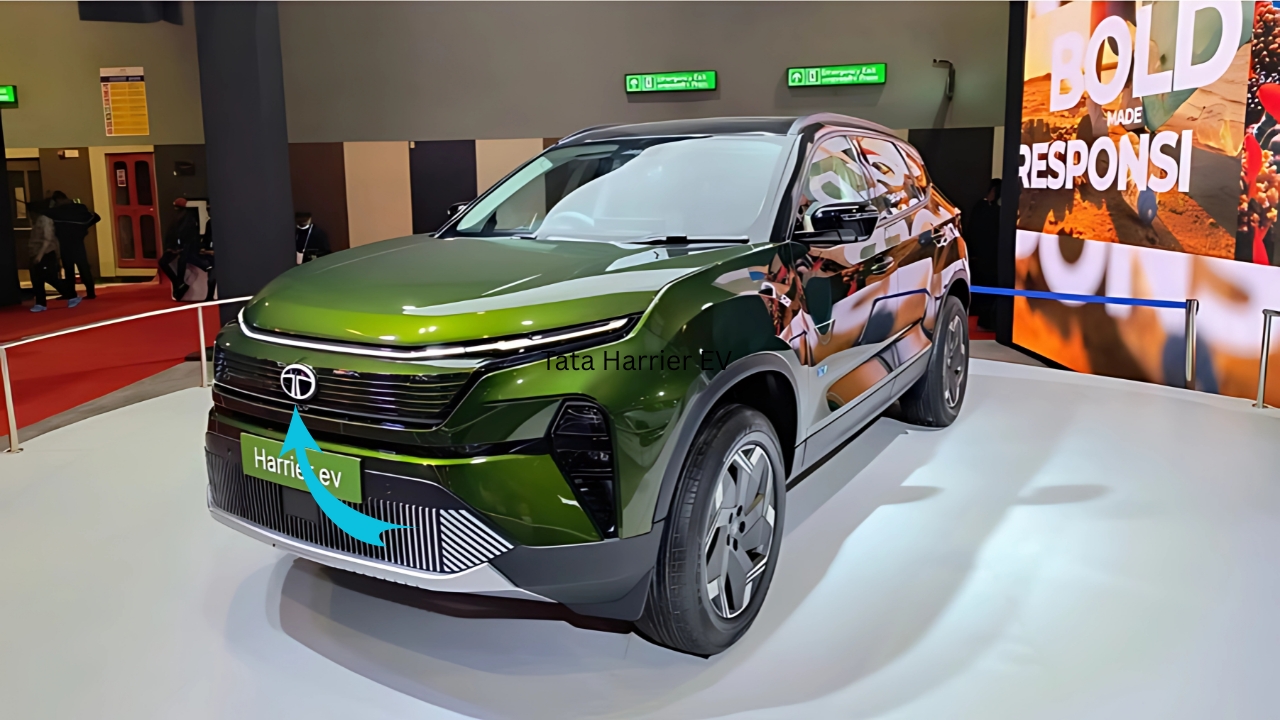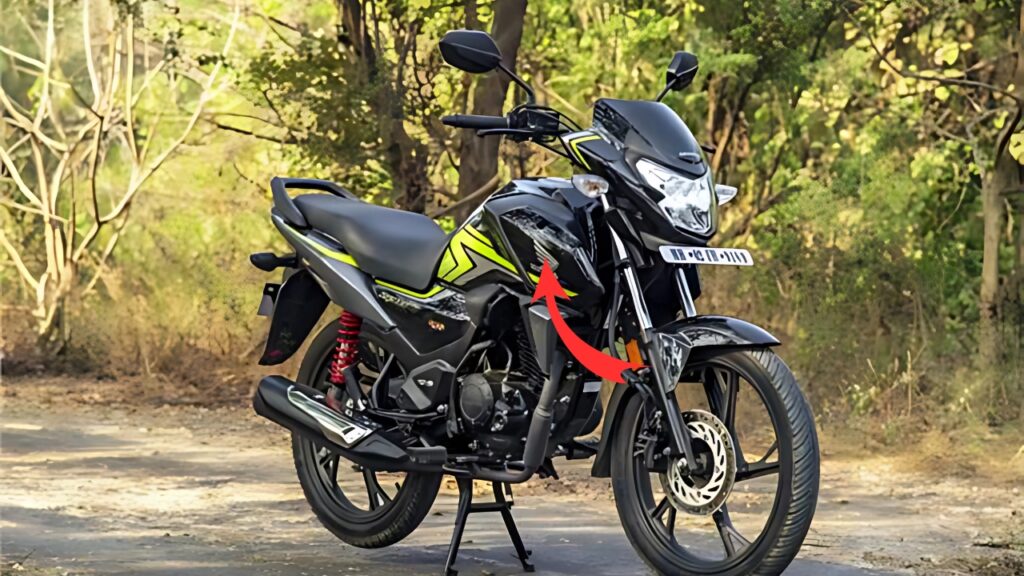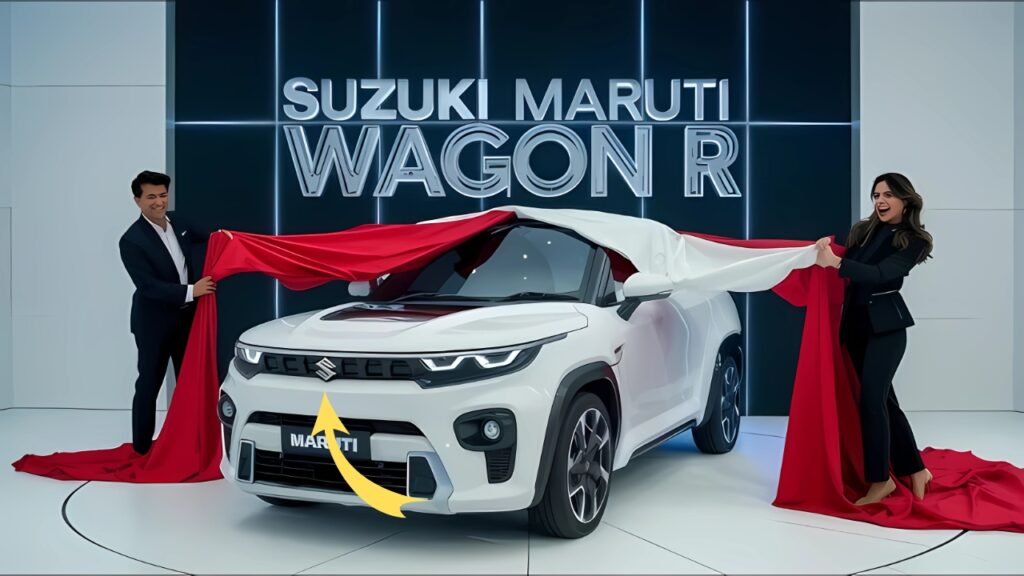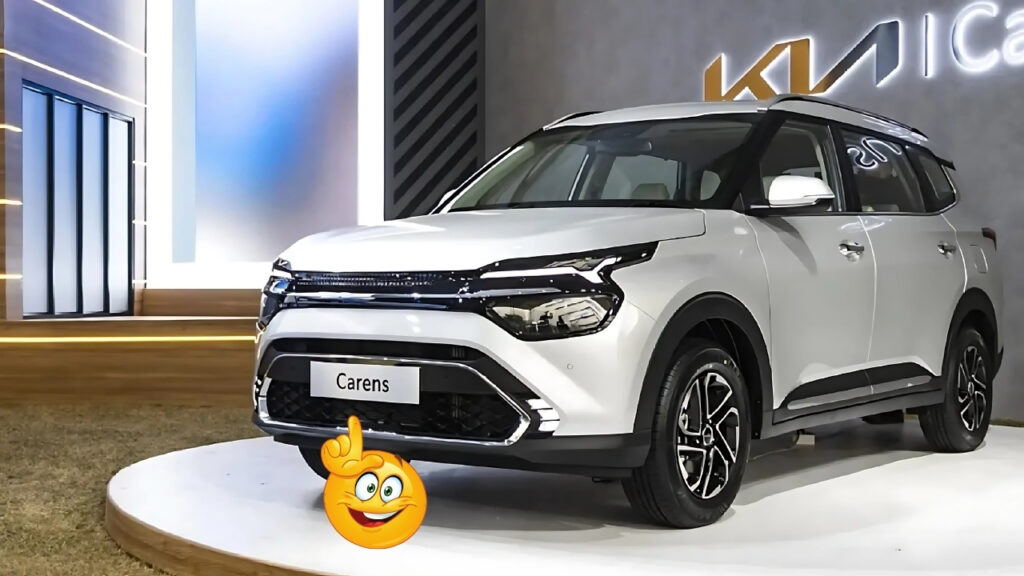Tata Harrier EV: Tata has significant plans to electrify its vehicle line-up and the Harrier EV is part of that strategy, and unlike others, took an educated bet that there won’t be a one-size-fits-all solution for different segments.
Where the Nexon EV and Tiago EV appealed to mass-market adoption, the Harrier EV is aimed at the more discerning buyer who wants sophisticated technology and driving dynamics without compromise.
What is particularly interesting about this approach is how different it is from the usual electrification paths.
Instead of starting with smaller, high density urban-focused models and then scaling up (which is what many manufacturers have done), Tata decided to show its confidence in its electric offering by also electrifying one of its top-end models sooner rather than later on the model range, alongside some of more accessible models.
This dual-pronged approach recognizes the diverse layers of India’s automotive marketplace, with premium segments expanding vigorously as those oriented towards affordability.
Table of Contents
Tata Harrier EV: Architecture- Designed for Wiring Up

The Harrier EV is based on Tata’s most advanced acti..p>ev architecture tailored for light trucks and heavy-duty applications requiring more substantial battery capacity and power throughput.
So essentially, this architecture is a departure from the ICE platforms which were converted into EV platforms for earlier Tata EVs, as such optimised weight distribution, battery packaging, and crash protection.
That skateboard-style platform locates the battery modules under the passenger compartment, helping to drop the center of gravity and maximizing interior space.
Compared to converted ICE vehicles, where batteries impinge on passenger or cargo space, this approach pays dividends in terms of dynamics and stability.
By integrating the battery housing into the vehicle’s architecture, Daimler improves not only crash safety but also torsional rigidity — key attributes in fulfilling the demands of a premium product.
The platform can accommodate different battery configurations and various drive layouts — the Harrier EV will be available in rear-wheel drive and dual-motor all-wheel drive configurations.
This flexibility can service a wide range of customer requirements while not compromising on the base architecture, a sign of mature, EV design thinking.
Powertrain: Perform with a Purpose
Not surprisingly, Tata has chosen both powertrains for the Harrier EV so as to deliver a performance bonanza that indicates that electric vehicles must offer compelling performance advantages if they are to win over customers [its not about saving the environment anymore].
The dual-motor flagship variant produces around 350-400hp combined, allowing for acceleration numbers once reserved for exotics, not family-hauling SUVs.
This means that the driving experience is very different compared to the Harrier diesel – with immediate torque giving effortless acceleration across the speed range.
Battery capacity—over 60 kWh is anticipated for extended-range variants—emphasizes real-world usability instead of just sensational range numbers.
The Tata development team also paid special attention on working to promote as much consistency as possible across a wide spectrum of Indian conditions, which can range from high temperatures to changes in elevation that can heavily affect an EV’s range.
In challenging environments, advanced thermal management systems help keep battery temperature within optimal limits, and include both active cooling and heating elements, ensuring that performance and longevity is not compromised.
Charging power is supported for DC fast charging with goat of over 100 kW, allowing 10-80% charging in around 40 minutes in perfect conditions.
This real-world fast-charging performance shows that even top-end EV buyers appreciate quick stops on long trips.
The onboard AC charger accepts both 7.2 kW and 11 kW inputs for normal routine charging, depending on the home or workplace chargepoint setup.
Design Flavor: Empowered Classification
The Harrier EV’s exterior design retains strong visual links to its ICE equivalent but also implements unique features to hint at its electric powertrain.
Up front, there’s a blanked-off interpretation of Tata’s humanity line grille flanked by slim LED daytime running lights located above the main headlamp clusters.
This split-lighting setup—a Harrier family trademark—gains more of a sci-fi implementation via illuminated connecting elements that establish a signature brand light.
The silhouette is still distinctly Harrier, however the drag coefficient has been improved with small changes to the front air dam, side skirts and rear diffuser.
Wheel designs incorporate partially closed aerodynamic patterns designed to minimize turbulence yet still provide visual intrigue—a deliberate blend of efficiency and style.
Interior: The dashboard layout is centered on a larger, landscape-oriented touchscreen interface that controls the majority of vehicle functions.
There are physical climate controls, because some things are just better done with a good ol’ knob than a button-less touch-sensitive surface.
Sustainability – naturally – dominates material choices as recycled fabrics and responsibly sourced trim elements make their presence felt, but they are always just above reputation when it comes to what the vehicle’s clearly environmental positioning demands without compromising the premium-feel in the cabin.
Technology integration: beyond the powertrain
The Harrier EV’s highlight lies in the technology integration that goes beyond just the electric drive.
This car also brings along the most advanced version of Tata’s IRA (Intelligent Real-time Assist) connected car technology with enhanced natural language processing, over-the-air update support and predictive maintenance monitoring.
We get a big step forward in driver assistance systems, with Level 2 autonomous features including adaptive cruise control with stop-and-go function, lane centering, and blind-spot intervention.
These features might have become increasingly common across the world, but are significant steps for a vehicle developed in India, where Tata is keen to offer a vehicle on par, spec-wise, with international competitors.
There’s specific focus on energy management with intelligent navigation that factors in topography, traffic conditions and climate control use when calculating range and routing for charging stops.
By giving drivers relevant information on a proactive basis, this more complete approach to journey management helps to tackle one of the major concerns new adopters of electric vehicles may have—range anxiety—rather than simply offering bigger and bigger batteries.
Overview of the survey and approach
The Harrier EV will enter a segment with little established competition within India, but gives Tata an advantage as premium buyers shift more to electric options.
This mix of instantly recognizable packaging, serious electric performance and cutting-edge technology makes it an enticing prospect for customers who might otherwise have been inclined to default back to imported options.
Some broader significance of the Harrier EV for Indian automotive industry may seem obvious beyond its commercial prospects.
The scope of what it can do opens doors for a narrative that can help counter the perception around domestic car manufacturers and set a benchmark for upcoming Indian developed cars across its segments.
It also has a halo effect, not just about Tata, but about global markets of Indian automotive engineering capabilities.
The Harrier EV, in particular, is a significant step for Tata on the road from value car maker to aspirational and premium brand in its own right.
The transformation already in play via their ICE lineup will gain momentum with electric offerings that maximize the inherent benefits of electric powertrains to provide experiences that cannot be eclipsed by internal combustion engines.
Tata Harrier EV
As production timelines draw closer to customer deliveries, the Harrier EV may not only set the course for Tata’s future, it could also help shape industry trends across India.
Its tech and platform will surely filter down to the rest of Tata electric vehicles, and its market response will probably be scrutinized by competitors looking to hone their own electric strategies.
Whether it’s a success or not isn’t just going to come down to those sales figures but rather how well it changes perceptions on what, exactly, domestic manufacturers can accomplish in the premium EV space.
To this end, the Harrier EV is more than just another vehicle; it is a signal — that India’s automotive future lies in home-grown solutions, powerful electric ones at that; that Indian ingenuity can build world-class electric cars for both local requirements as well as expectations’





